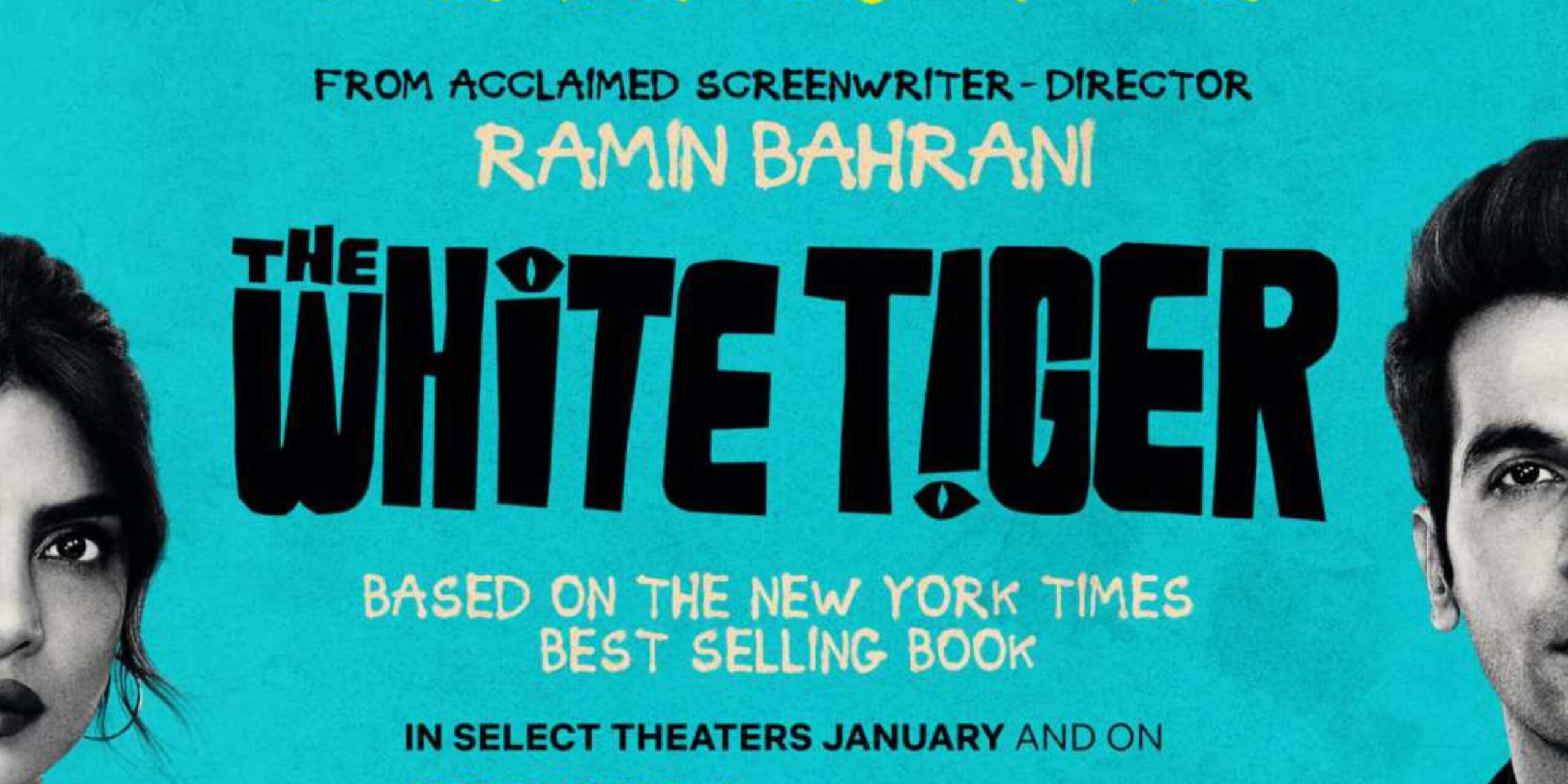Demonetisation six years later: What’s changed and what’s not

Six years ago, on November 8, the Government of India announced the demonetisation of all banknotes of Rs 500 and Rs 1,000 to combat the accumulation and circulation of black money in the country.
In his televised address to the nation on November 8, 2016, Prime Minister Narendra Modi announced that the two banknotes would be deemed “worthless pieces of paper” immediately and introduced new denominations of Rs 2,000 and Rs 500.
Over the years, the Opposition has criticized the BJP government, calling the decision a “failure”, although many have characterized it as a “bold” move.
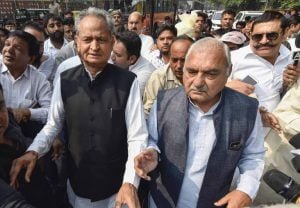
Rahul Gandhi, Congress leader, attacked the government’s move in a tweet on Monday. In his essay, he wrote, “In demonetisation, the Raja promised ’50 days’ to demolish the economy.”
भाजपा शासन में काला धन वापस आया और गरीबी तेज़ी से कम हुई।
अर्थव्यवस्था मजबूत हुई, भारत विश्व की पाँचवी सबसे बड़ी अर्थव्यवस्था बना।
करोड़ों छोटे व्यापार और रोज़गार आगे बढे।
इस demonetisation से काले धन पे जो वार हुआ उससे आपको नाराज़गी है, हम समझ सकते हैं। दर्द साफ़ झलक रहा है। https://t.co/11Cv9eHgKs pic.twitter.com/Ye8OlWBfqu
— Amit Malviya (@amitmalviya) November 7, 2022
In response to Gandhi, Amit Malviya, the in-charge of the BJP’s IT Cell, wrote, “We understand that you are angry regarding the attack on black money due to the demonetisation process. There is no doubt that the pain is evident.”
Malviya also shared two graphics that highlighted the gains associated with demonetisation. According to the posters, “undisclosed assets worth Rs 7,877 crore have been seized,” and undisclosed income worth “Rs 87,200” has been admitted. Several Ministers in the government continue to support this decision.
The Union Finance Minister, Nirmala Sitharaman, had hailed the move in 2020 as a “major push to the digital economy.”
During the Covid-19 pandemic-hit years of 2020 and 2021, India was placed under strict lockdowns; however, people began accumulating cash to meet their basic needs. Currency in circulation, which stood at Rs 17.97 lakh crore on November 4, 2016, declined to Rs 7.8 lakh crore in January 2017, shortly after demonetisation, but cash in the system continued to increase in 2020. There was an increase of Rs 10,441 crore in the currency with the public over the past fortnight ending October 23, 2020.
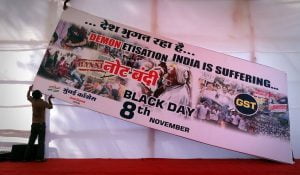
The currency with the public as of 8 October 2021 was Rs 28.30 lakh crore. Furthermore, according to The Deccan Era, currency in circulation (CIC) increased from 10.7% of GDP in 2017-18 to 14.4% in 2020-21.
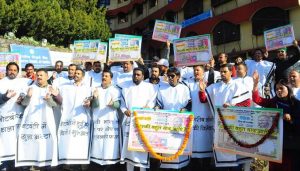
of demonetisation, in Shimla, in 2018. (Deccan Era Photo)
As a result of demonetisation, opposition leaders criticized the move, citing the report that states cash with the public reached a new high of Rs 30.88 lakh crore in the fortnight that ended October 21, 2022. According to Congress President Mallikarjun Kharge, “Six years after the ‘masterstroke,’ the amount of cash available in public is 72% higher than in 2016. PM has yet to acknowledge this failure that contributed to the economy’s decline.”
Despite the RBI’s and government bodies’ efforts to promote a “less-cash society,” the report notes that cash continues to dominate the market as the preferred payment method. Various digital payment methods are available to the public, but businesses continue to rely on cash for end-to-end transactions. Cash remains the primary means of payment for 15 crore people without access to a bank account.
Some protests have been organized during the past six years by leaders of the Opposition parties against the “harm” that the move has caused to the country’s economy.
As a result of the sudden withdrawal of notes, there was a liquidity shortage in 2016, resulting in long queues outside banks. There are reports that approximately 115 people have died while waiting to withdraw funds from their bank accounts. Moreover, it has been reported that there has been a slow circulation of the new Rs 500 and Rs 2000 banknotes.
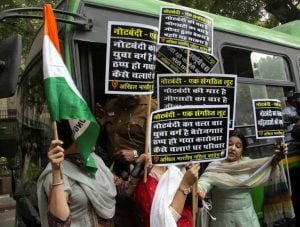
As a result, the economy had been roiled, with demand declining, businesses facing difficulties, and GDP growth reduced by close to 1.5%. Small businesses were particularly hard hit, with many reporting huge losses even nine months after the recession began.
In 2016, Left parties called for a 12-hour bandh in the country’s capital following PM Modi’s announcement. The AAP and Congress organized separate rallies and marches against the move.
In 2017, the Gujarat Jan Andolan, led by Nirjhari Sinha, decided to clank belans (rolling pins) against steel plates at the Sardar Baug in Laldarwaja, Ahmedabad, as a protest against demonetisation.

In 2018, the Indian Youth Congress organized a protest outside RBI Headquarters, while leaders of the opposition criticized PM Modi’s government for “destroying” and “wrecking” the country’s economy. A protest had also been announced by the Congress party across the country, seeking an apology from Prime Minister Narendra Modi.
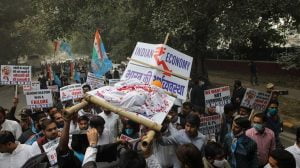
From November 8 to 15, 2019, the Gujarat Pradesh Congress Committee carried out agitations against the BJP, economic slowdown, unemployment, and banking sector crisis throughout Gujarat.


